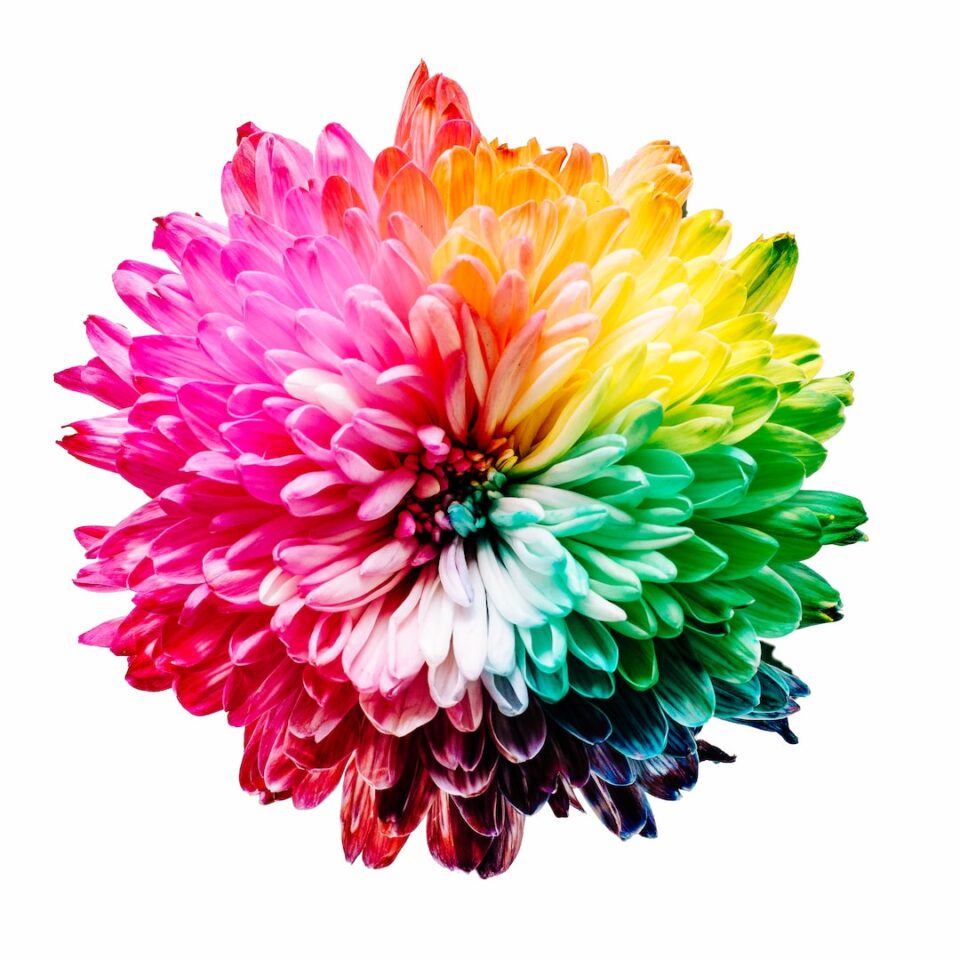When it comes to films, one of the most essential aspects is the title design. A well-crafted title not only catches the eye but also sets the tone for the film’s narrative. Over the years, we have seen some amazing title designs that have become an integral part of cinema history. The art of designing for film titles is something that is constantly evolving and changing with the times.
The first thing that designers need to consider is the genre of the film. The title should give the audience an idea of what to expect from the film. For example, a horror film’s title should reflect the fear and suspense associated with the genre. On the other hand, a romantic comedy’s title should be playful and lighthearted. The genre also plays a major role in the font selection. A horror film might have a bold, gothic font while a romantic comedy might have a curvy, whimsical font.
Next, designers need to take into consideration the film’s story and overall theme. The title should give a hint of what the film is about without giving away too much. For example, the title “The Silence of the Lambs” gives a clue about the film’s dark subject matter without revealing too much about the plot.
Color selection is also an important aspect when it comes to title design. The color palette needs to be reflective of the genre, theme, and mood of the film. For example, a horror film might have a black and white or dark red color palette, while a romantic comedy might have bright pastel colors.
Along with the font and color selection, the layout of the title is also important. The placement of the text and any accompanying imagery needs to create a balanced composition. The title needs to be legible and clear, even at a distance.
In recent years, title design has become more experimental and artistic. Many designers are incorporating animation and special effects, which adds an extra layer of depth and creativity. The title design has become a visual narrative, with many intriguing designs that add to the overall cinematic experience.
One obvious example of this is Marvel’s ever-evolving title sequence, which has become an integral part of their films. The sequences often incorporate comic book-style graphics, animation, and vibrant colors, all contributing to the overall superhero theme of the films.
Another example of innovative title design can be seen in David Fincher’s “Fight Club,” which includes a sequence that shows the protagonist’s mental state through typography and imagery. The title sequence sets the tone for the film while also giving viewers a glimpse into the protagonist’s psyche.
In conclusion, the art of designing for film titles is an essential component of filmmaking, setting the tone for a movie and creating a visual representation of its storyline. The genre, story, and themes all have a significant impact on the design, requiring designers to be creative and experimental. With the advances in technology and visual effects, title design has become more than just a way to introduce a movie. The title sequence can now be viewed as a work of art, taking the audience on a visual journey that will stay with them long after the film has ended.

